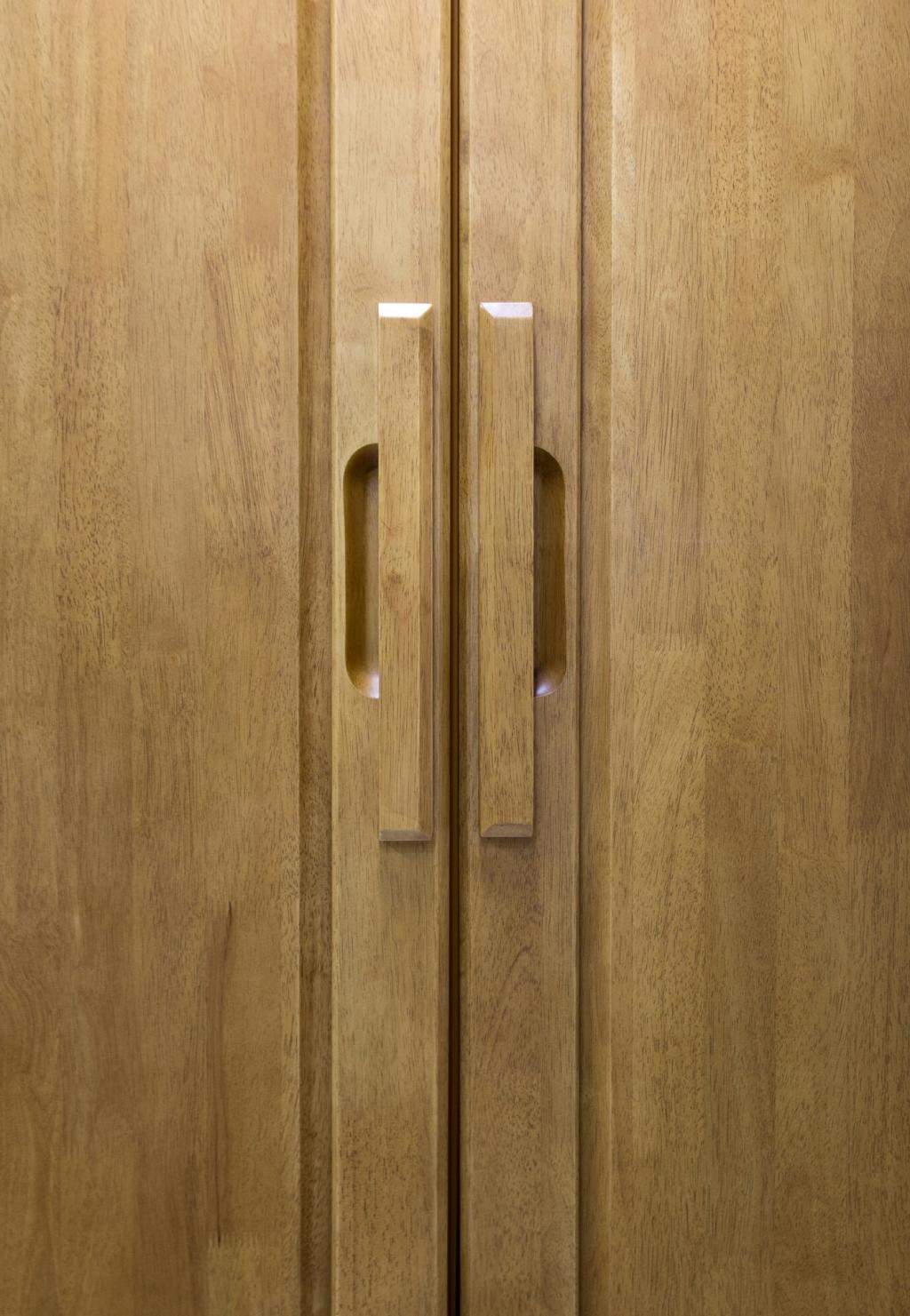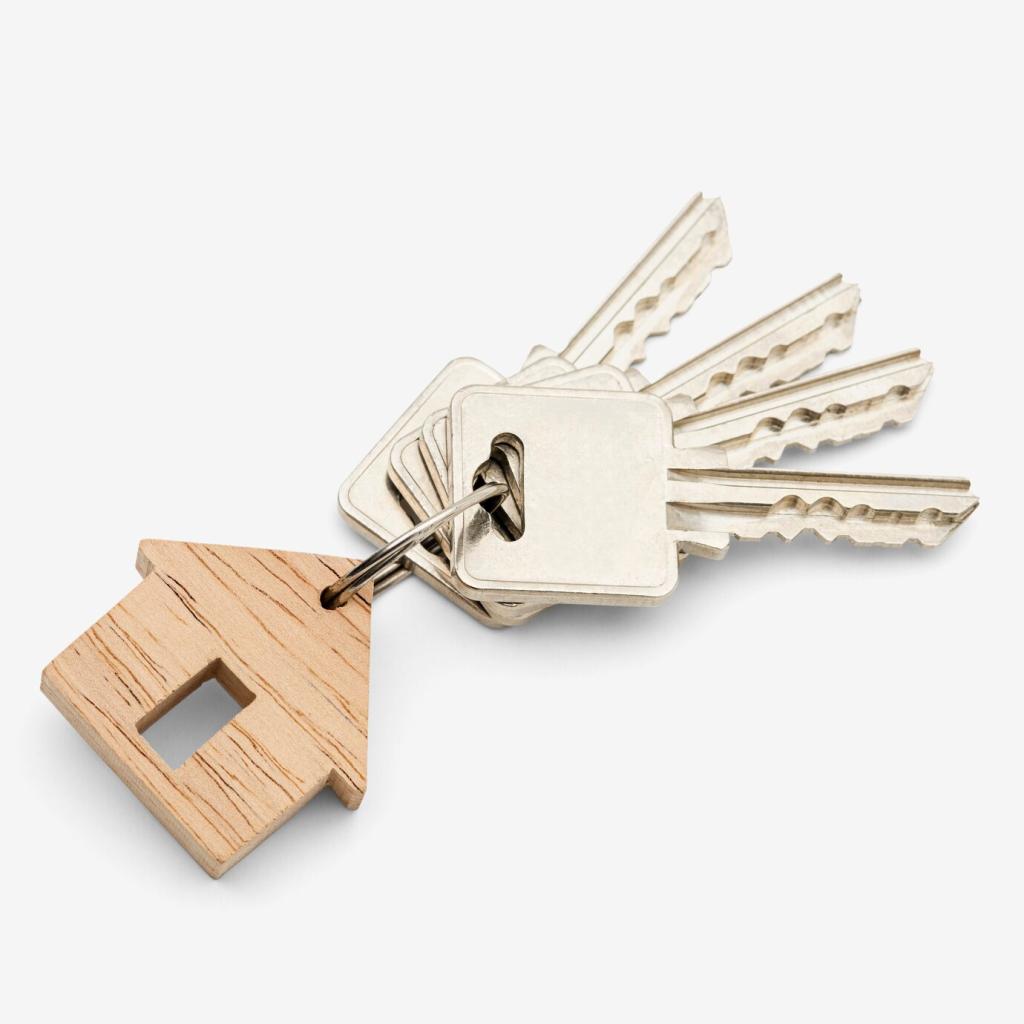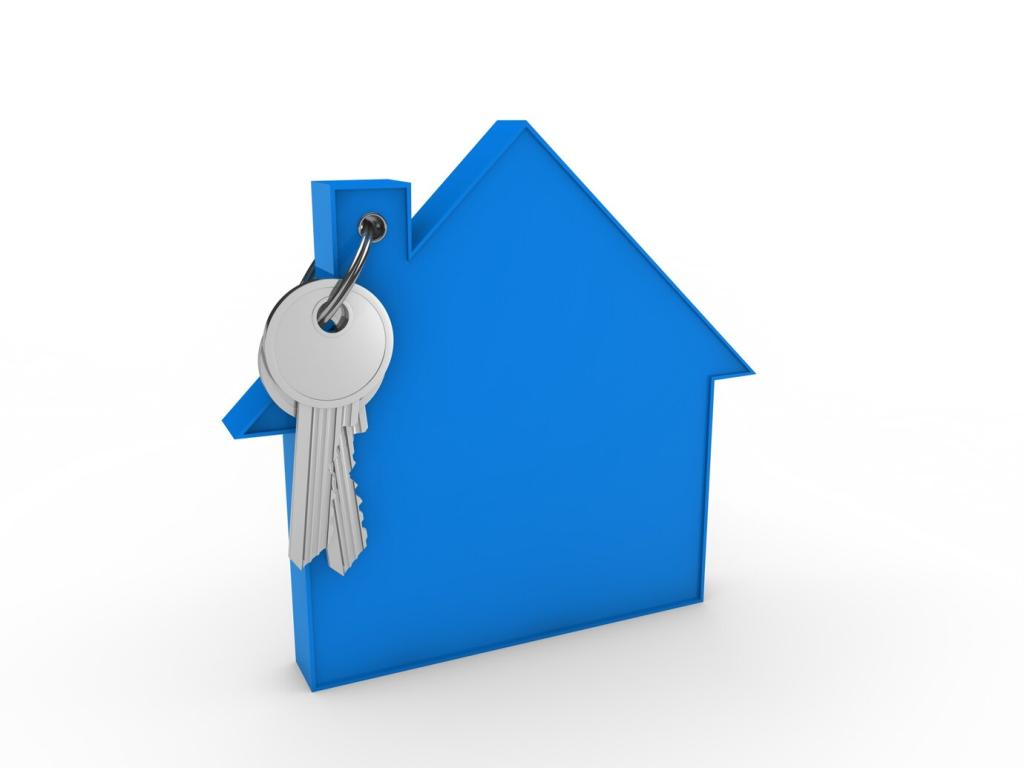
Choosing the Right Size: Steel Safes for Various Home Needs
Chosen theme: Choosing the Right Size: Steel Safes for Various Home Needs. Welcome—let’s decode dimensions, capacity, and real-life fit so your safe feels seamless at home. Stick around, share your needs, and subscribe for future size-savvy guidance.
Why Size Matters More Than You Think
Capacity vs. Footprint
A safe can boast generous cubic inches yet still frustrate if its exterior footprint overwhelms your room. Balance internal volume with the area you can spare, envisioning open door clearance and comfortable daily access.
Weight, Walls, and Floors
Heavier safes deter thieves and stabilize storage, but they demand sturdy floors and careful placement. Before choosing size, assess joists, slab strength, and the path through halls and corners to avoid delivery-day surprises.
Daily Access Patterns
If you’ll open the safe often, too-small interiors become cluttered fast, and oversized doors may feel cumbersome. Visualize your routine, frequency of retrieval, and how shelves, drawers, and door organizers must fit your habits.
Measure What You Store—Today and Tomorrow
Legal folders, passports, photo albums, and external drives need tidy stacking height and fire-rated protection. Plan for future additions like estate documents, memory cards, and certificates so vital items never get crammed or bent.


Measure What You Store—Today and Tomorrow
Small items multiply quickly and deserve organized interiors. Consider drawers, velvet trays, and lighting clearance. A slightly larger safe prevents tangled bracelets and crowded boxes while keeping quick-access pieces at a comfortable reach.


Fitting the Safe to Your Home Type
Compact, tall safes maximize vertical space while easing moves through elevators and tight stairwells. Prioritize anchoring options, neighbor-friendly placement, and door swing clearance so your daily routine stays quiet, discreet, and stress-free.
Fitting the Safe to Your Home Type
You can often accommodate a wider, heavier safe on a slab or reinforced area. Consider garage-to-room pathways, an interior location for privacy, and floor protection pads to keep finishes intact during installation and use.
Life Changes and Collections
New hobbies, inheritances, and business records appear with time. When estimating size, add intentional buffer capacity so sentimental gifts, important files, or heirlooms don’t force a premature replacement or risky overflow storage.
Modular Interiors and Adjustability
Adjustable shelves, pull-out drawers, and door organizers maximize every inch. A thoughtful interior design can make a moderate-sized safe perform like a larger one, especially when your storage needs evolve seasonally or unexpectedly.
Room to Grow Without Clutter
Empty space today is future peace of mind. Aim for clear zones inside the safe, leaving space for a lockbox, humidity control, or additional trays so your organization remains effortless as items gradually accumulate.
Placement and Installation Shape the Right Size
Closets demand slim depth and precise door swing planning, offices favor quick access, and garages reward sturdier, wider builds. Measure the space, then choose a size that complements usage and stays naturally concealed.
Placement and Installation Shape the Right Size
A perfect-sized interior is useless if the safe cannot pass through your home. Map every doorway width, handrail, landing, and angle so the selected dimensions survive delivery without damaging walls or the unit.


Stories from Homeowners Who Got Size Right
A hobbyist bought a compact safe for passports and cash, then added lenses and backup drives. They upgraded to a taller model with adjustable shelves, finally enjoying space to grow and quicker, stress-free access every day.

Your Size Checklist and Next Steps
Measure the items you’ll store, the available installation space, and the entire path from entry to final location. Confirm door swing clearance and consider future additions so your chosen size never feels squeezed.
Your Size Checklist and Next Steps
Match size to the protection level you need—fire, security, and interior organization. Resist the smallest option. A comfortable margin inside the safe often saves money by delaying upgrades and avoiding clutter-induced frustration.
Your Size Checklist and Next Steps
Tell us what you’re storing and the room you’re considering. Ask questions, swap ideas with readers, and subscribe for upcoming guides that translate real floor plans into confident, correctly sized safe selections.
